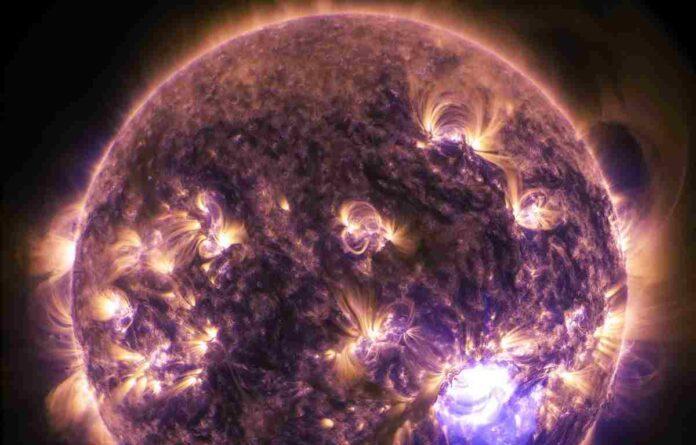Venus is the second planet from the Sun and has the brightest, most reflective surface of any planet in the Solar System. Smaller than Earth but with a similar range of landforms and environments, Venus could be our closest planetary sibling. Find out more about this planet’s size, landscape and history in this article!
The size of Venus
The planet Venus is the second largest terrestrial planet in our solar system, after only Earth. It is slightly smaller than Earth, with a diameter of 12,104 kilometers. However, its mass is much less than that of Earth, at only 0.815 times our planet’s mass.
Venus’ rotational period
Did you know that Venus rotates so slowly that a single day on the planet lasts longer than an entire year? That’s right – one day on Venus lasts 243 Earth days! Scientists believe that this slow rotation is a result of the planet’s dense atmosphere, which causes friction and slows down the planet’s rotation. This means that a sunrise on Venus would last for weeks!
Atmospheric composition
The atmosphere of Venus is mostly made up of carbon dioxide, with a small amount of nitrogen and other trace gases. There is very little water vapor in the atmosphere, and the atmospheric pressure is about 90 times that of Earth’s. The temperature on Venus is also much hotter than on Earth, averaging around 460 degrees Celsius.
Average surface temperature
Venus has an average surface temperature of 462 degrees Celsius, making it the hottest planet in the solar system. Even though Mercury is closer to the sun, Venus’s thick atmosphere traps heat in, causing it to be much hotter than Mercury.
Origin and evolution of Venus
Venus is a terrestrial planet and is similar in size, mass, density, composition, and gravity to Earth. However, it has some significant differences. Venus is much hotter than Earth, has a very dense atmosphere, and has no liquid water on its surface.
Scientists believe that Venus may have once had oceans of water like Earth, but the planet’s intense heat (venus has the highest surface temperature of any planet in the solar system) caused all the water to evaporate. The resulting steam then built up venus’s thick atmosphere.
Today, venus is a dry and hostile world. The average surface temperature is about462 degrees Celsius (863 degrees Fahrenheit), hot enough to melt lead! And the atmospheric pressure at the surface is about 90 times that of Earth’s atmosphere at sea level.
Despite these conditions, venus is still an intriguing world to study. Scientists are interested in its similarities to Earth as well as its potential for supporting life. For example, some bacteria can thrive in hot, acidic environments like those found on venus. So who knows? Maybe there are some hardy creatures surviving on venus today!




